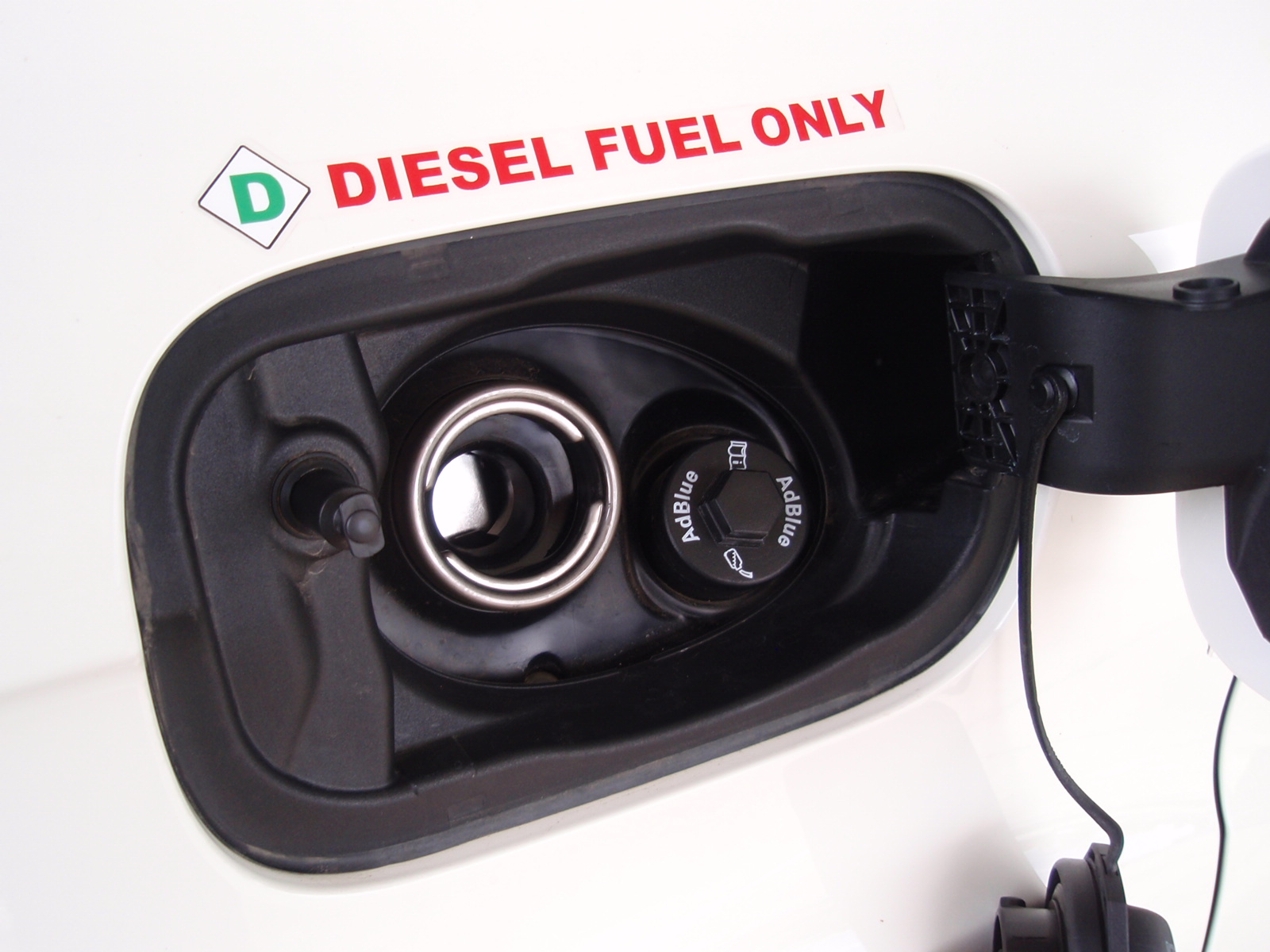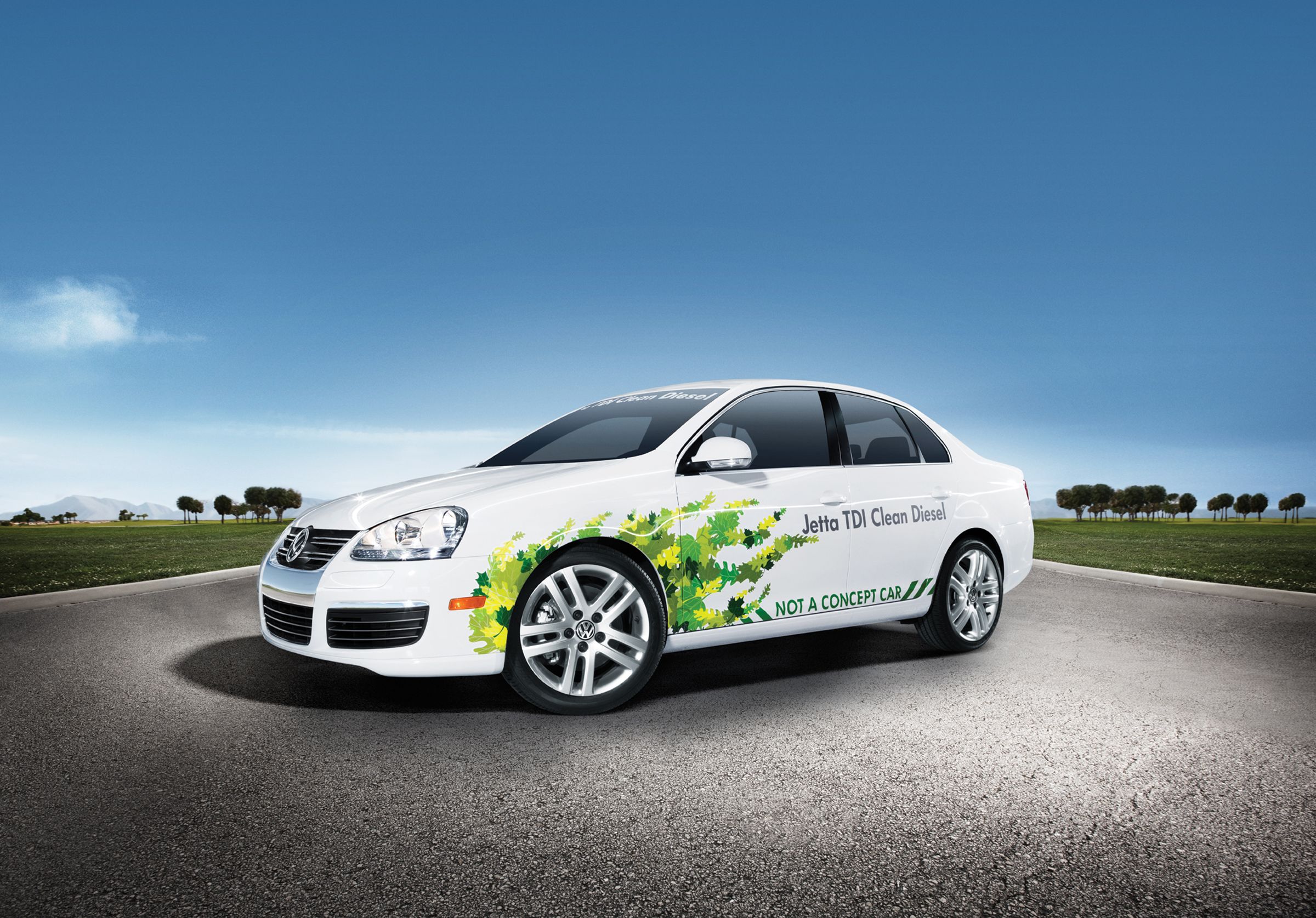Diesel and gasoline vehicles manufactured after 2007 have various parts to control emissions. If you live in a country like the U.S. or Canada, some of these parts will be government mandated to reduce environmental impact.
Older vehicles made before 2007 may require “retrofits,” emissions control add-ons that need to be installed to meet regulations and auto standards. Retrofits depend on the type of vehicle and the part in question. Car exhaust pipes, for example, are required to have pollutant filters. Buses, on the other hand, may be required to have a closed crankcase system (CCV) to reduce emissions. Here is a list of emissions control parts that your car may require to have in order to drive in North America:
Diesel Particulate Filters (DPF)
A diesel particulate filter is a device that removes pollutant matter from the exhaust emitted by diesel engines. A DPF is known to reduce particulate matter by as much as 90 percent or even more. You can obtain diesel particulate filters for older vehicles from local auto shops. DPFs are sold under brand names like Combifilter and Purifilter. Most DPFs have been CARB approved and are also approved by the U.S. Environmental Protection Agency (EPA). If you already have a DPF in your car, keep in mind that these devices need to be regularly cleaned. They do accumulate soot and other particles coming from the engine. Take your vehicle to a mechanic to have the DPF cleaned though the regeneration process.
Diesel Oxidation Catalyst (DOC)
This is a mechanism attached to the ventilation system that “purifies” the exhaust stream coming out of the engine by breaking down any pollutants present in the stream. This system is known to be able to reduce particulate matter by about 40 percent. DOCs are often paired with ventilation systems to provide cleaner air to the interior of the vehicle.
3-Way Catalytic Converters
This is a tool that controls emissions from the engine in three ways. The converter can promote combustion in the engine in a manner that reduced by products that pollute the air. The converter can return excessive hydrocarbons produced by the engine back into the engine for reuse in combustion. The third way the converter works is by providing a more area for engine combustion and oxidation to occur. Catalytic converters are easy to spot because they look like mufflers. You can locate it in the exhaust system of your vehicle. You may need to replace the converter if you use fuel containing lead. Check out deals for 3 way catalytic converters in your area if you are looking for a replacement.
Selective Catalytic Reduction (SCR)
An SCR system is rather a complex process where urea is projected to the exhaust stream of the engine so that it reacts with the nitrogen and oxides present. The reaction leaves diatomic carbon dioxide, nitrogen, and water, which are less polluting. This mechanism reduces up to 90 percent of oxides in exhaust air. You can buy a new SCR system for ageing engines.
To have a more environmentally friendly vehicle, consider the above mentioned emissions control parts.








